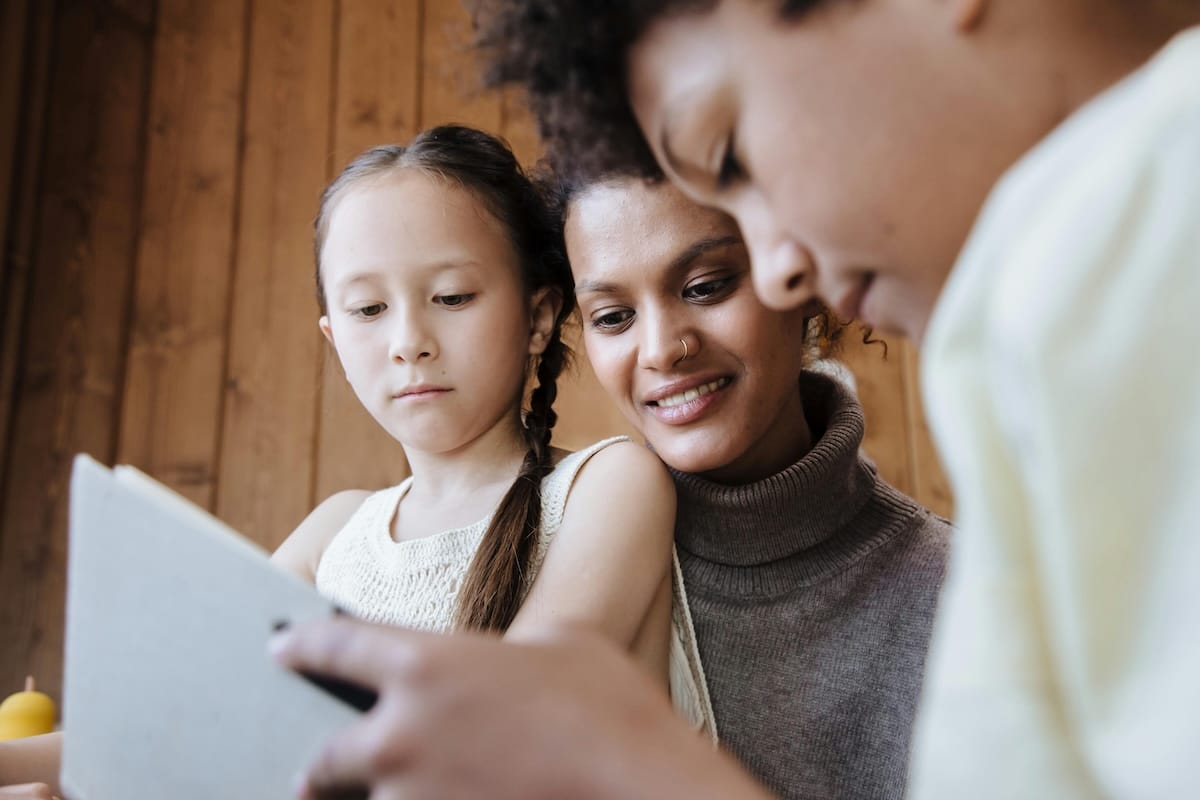Use these steps to enable children to build better relationships with our canine chums
Dogs are often referred to as ‘man’s best friend’ but for some people, this simply isn’t the case. Cynophobia, the fear of dogs, is a common psychological condition among children. In fact, it’s estimated that around 9% of children develop a phobia of animals, including dogs, by the age of 12.
A phobia is a type of anxiety disorder that goes beyond simple fear. Children with cynophobia often go to great lengths to avoid any situations that may expose them to dogs. Their anxiety and fear may be triggered when visiting unfamiliar places, as they are constantly worried about the possibility of encountering a dog. This may lead to crying or screaming when they see one, and they may also experience physical symptoms in response to their phobia, such as a racing heartbeat, trembling, sweating, or nausea.
Alongside the clear emotional and mental impact of this phobia, it can affect their day-to-day life (and your family’s) as they grow up, potentially missing out on events or experiences due to this fear. Plus, there can be a vicious cycle with this phobia, where the child’s reaction to dogs could scare the dog and provoke it to bark, reinforcing their fear further.
That said, it is possible to help a child overcome – and soothe – their fear of dogs. It will take time and patience, but there are several proactive steps that parents can take to help children experiencing cynophobia, and enable them to grow more comfortable and confident in scenarios with dogs.
Show and tell
Children with cynophobia may not necessarily have had a negative experience with a dog. Warnings from parents about approaching strange dogs, combined with a lack of understanding about dogs and their behaviour, can be enough to trigger this phobia.
Sit down with your child and talk to them about dogs. Explain their behaviour and body language by using books or educational videos on YouTube. As well as teaching them about pet dogs, tell them about working dogs such as sheepdogs, guide dogs for the blind, and emotional support dogs, to help them understand the importance of dogs and their roles in our lives.

“Children have a natural curiosity and eagerness to learn, so this initial step can greatly contribute to developing their understanding and empathy towards dogs,” says hypnotherapist Claire Edwards.
Take it in stages
The next step is to start introducing your child to dogs in a controlled environment. This doesn’t mean making them stroke or interact with the dog – just watching a dog from a safe distance can prevent them from feeling overwhelmed.
“Choose a friendly and gentle older dog rather than a puppy – puppies can be more unpredictable and energetic, potentially increasing anxiety for the child,” advises Claire. “Remember to always smile and speak positively about your experiences with dogs.”
When your child is ready for the next stage, calmly carry them to the dog. Keep some dog treats in your pocket to offer while asking the dog to sit on command, showing your child that you are in control of the situation.
Once again, the key to this is choosing the right dog for this part of the process. Ensure you have permission from the owner, preferably a friend or family member so it’s a dog whose behaviour and temperament is more familiar to you, to ensure a safe and controlled environment for your child to begin interacting with the dog.
Use supportive and empowering language
Be mindful of your choice of words. Using terms like ‘brave’, can inadvertently increase anxiety and create a sense of failure if the child is unable to approach a dog in the future. Instead, Claire says, it is important to focus on the process, rather than the outcome.
“Encouraging children to take small steps and celebrating their efforts, regardless of the outcome, can help foster a sense of accomplishment and build resilience,” she says. “By using supportive and empowering language, we can create an environment where children feel safe to face their fears at their own pace, without the added pressure or anxiety of feeling like they have failed.”

Consider the support of therapy
Cognitive behavioural therapy (CBT) or hypnotherapy can provide long-lasting solutions for children with cynophobia.
Claire says: “CBT helps children identify and challenge their negative thoughts and beliefs about dogs, teaching them coping strategies to manage their fear. Hypnotherapy works on a subconscious level, helping children reframe their fears and anxieties and develop a more positive response to dogs. Both therapies offer a structured and supportive approach, gradually exposing children to dogs in a controlled environment, enabling them to overcome their phobias and build confidence.
“By seeking these therapies, parents can give their children the tools they need to manage their fear and lead a more fulfilling and anxiety-free life.”
Helping a child overcome a phobia of dogs may feel like a daunting task, but it can be done. Conquering this fear can have additional benefits too, including developing self-confidence, approaching challenges with a positive mindset, boosting self-esteem, and developing resilience. And one day, interacting with dogs will feel like a walk in the park.


Comments